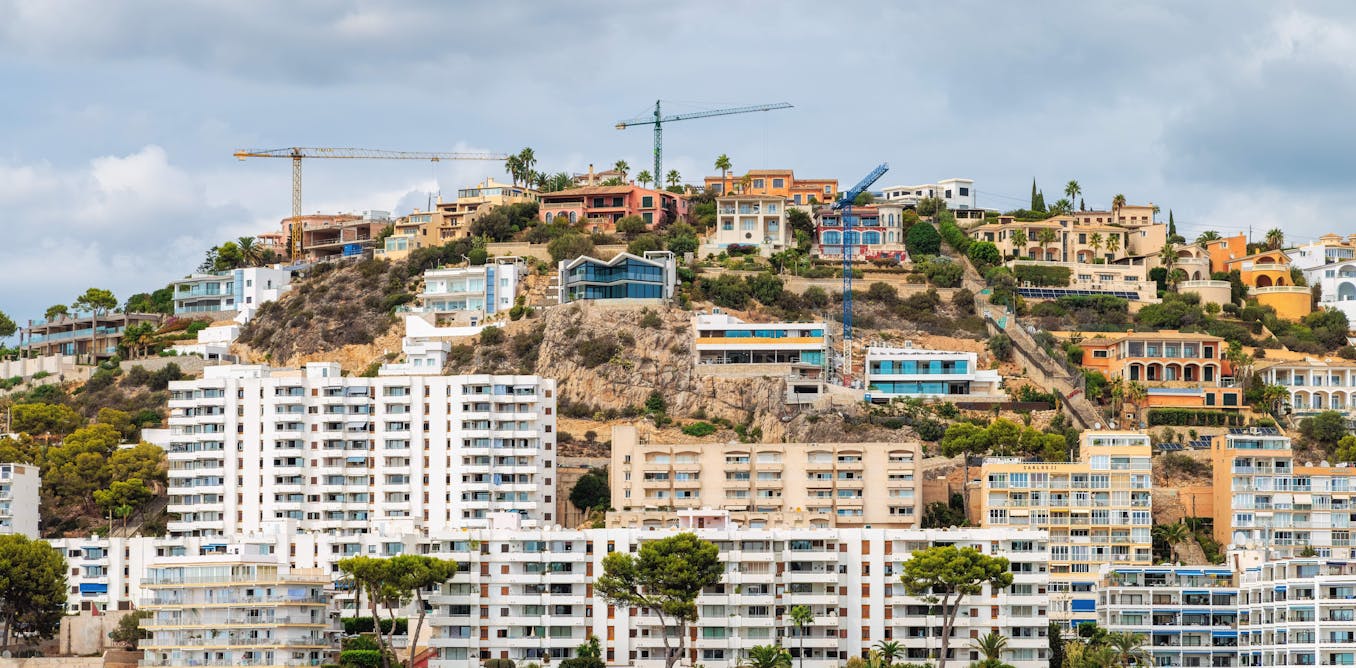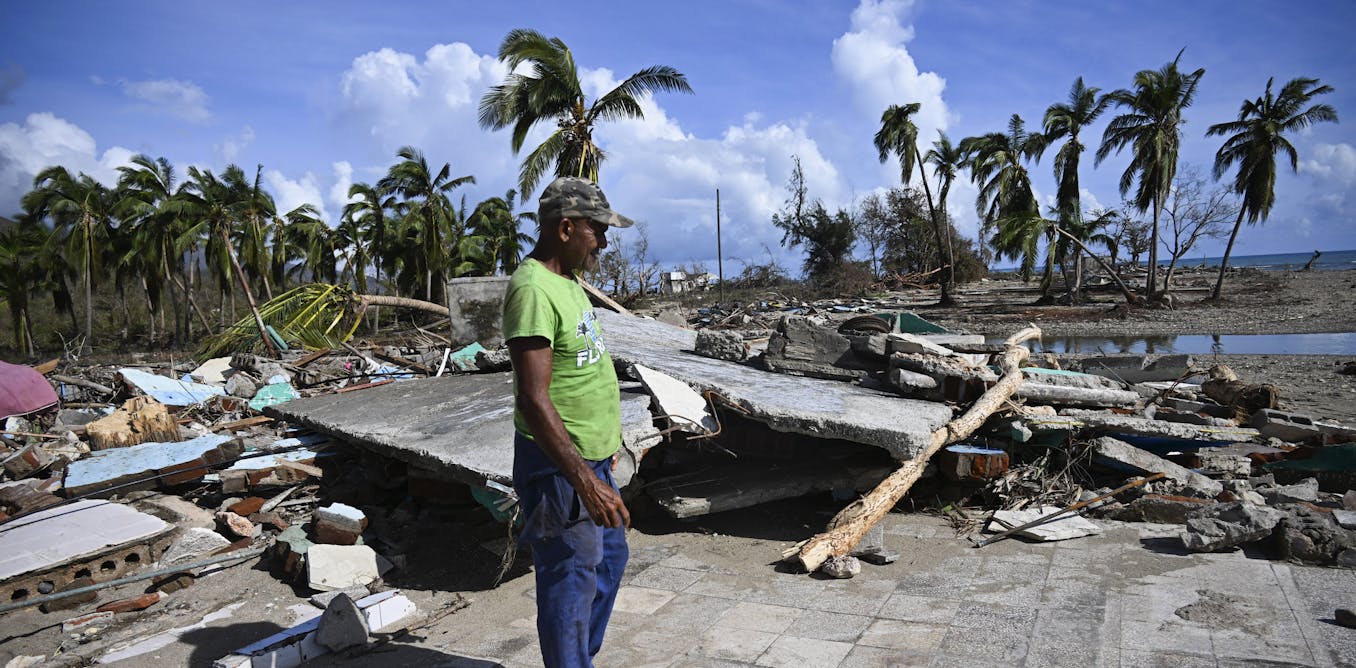As Spain faces a growing housing affordability crisis, the government has proposed new measures aimed at foreign buyers, though experts suggest these may not effectively address the shortage or reduce housing costs.
On 13 January, Prime Minister Pedro Sánchez announced a proposal for a 100% tax on residential properties bought by non-EU citizens who do not reside in Spain, as well as an increase in taxes on short-term rentals. A week later, he suggested an outright ban on property purchases by non-EU nationals who are not residents. The latter would be a ban on non-EU foreigners, when neither they nor their families are residents, from buying houses in Spain. The potential measures would affect, for example, UK or US citizens wishing to purchase a holiday home in Spain.
These proposals come at a time when Spain’s housing market is under intense pressure in certain locations. While the economy is growing and unemployment is falling, demand for housing is increasing, especially in cities like Madrid and Barcelona. However, potential buyers and renters are facing a severe shortage of available homes, and those that are available are often priced out of reach for average salaries. In popular coastal areas, short-term rentals and second homes are also pushing up prices and displacing locals from the market.
The root cause of the housing affordability crisis, however, is not foreign buyers but a shortage of available homes. The key to resolving this issue lies in boosting construction, which has been sluggish since the real estate bubble burst in 2008.
Stagnant construction since 2009
Spain’s housing boom began in the 1960s, with the most significant growth occurring in the 2000s. Today, around 95% of the country’s housing stock was built before 2009, and about 22% of these homes were constructed between 2000 and 2009.
Since the 2008 financial crisis, however, new construction has slowed considerably due to limited land in prime areas, bureaucratic delays, a lack of skilled labor, and restricted access to financing for small and medium-sized developers. Only 5% of Spain’s housing stock has been built in the last 15 years.
A report by the Bank of Spain estimates that by the end of this year, the country will face a housing deficit of around 600,000 units.
The impact of tourism
The housing affordability crisis has also sparked protests over overtourism. Locals in cities and tourist-heavy areas feel pushed out by tourists, with neighbourhoods overtaken by short-term rentals.
However, Spain’s economy relies heavily on tourism and foreign investment, and many second homes are also owned by Spaniards or other Europeans. Non-EU buyers represent a small portion of the overall market, and while they may have an impact in certain areas like Barcelona and Madrid, their influence on national housing affordability is limited.
Demand is outstripping supply
The real solution to Spain’s housing affordability issues lies in increasing supply, not in imposing taxes or bans on foreign buyers. The government would do well to focus on policies that support new construction. This could include streamlining zoning laws, incentivising developers, and improving infrastructure to make more areas suitable for development. Speeding up the permit approval process would have a much more significant effect on affordability than targeting foreign investors.
In any case, it is unclear whether these proposed measures will become law. Proposals like these often make headlines but may fail to materialise, or end up significantly altered before passing into law.
Regardless of the outcome, the focus on taxing foreign buyers may serve as a political strategy to create uncertainty in the market, discouraging foreign investment without addressing the underlying issue of housing supply.

The post “slow construction is to blame, not foreign buyers” by Carles Vergara-Alert, Profesor de Finanzas, IESE Business School (Universidad de Navarra) was published on 02/04/2025 by theconversation.com





































Leave a Reply